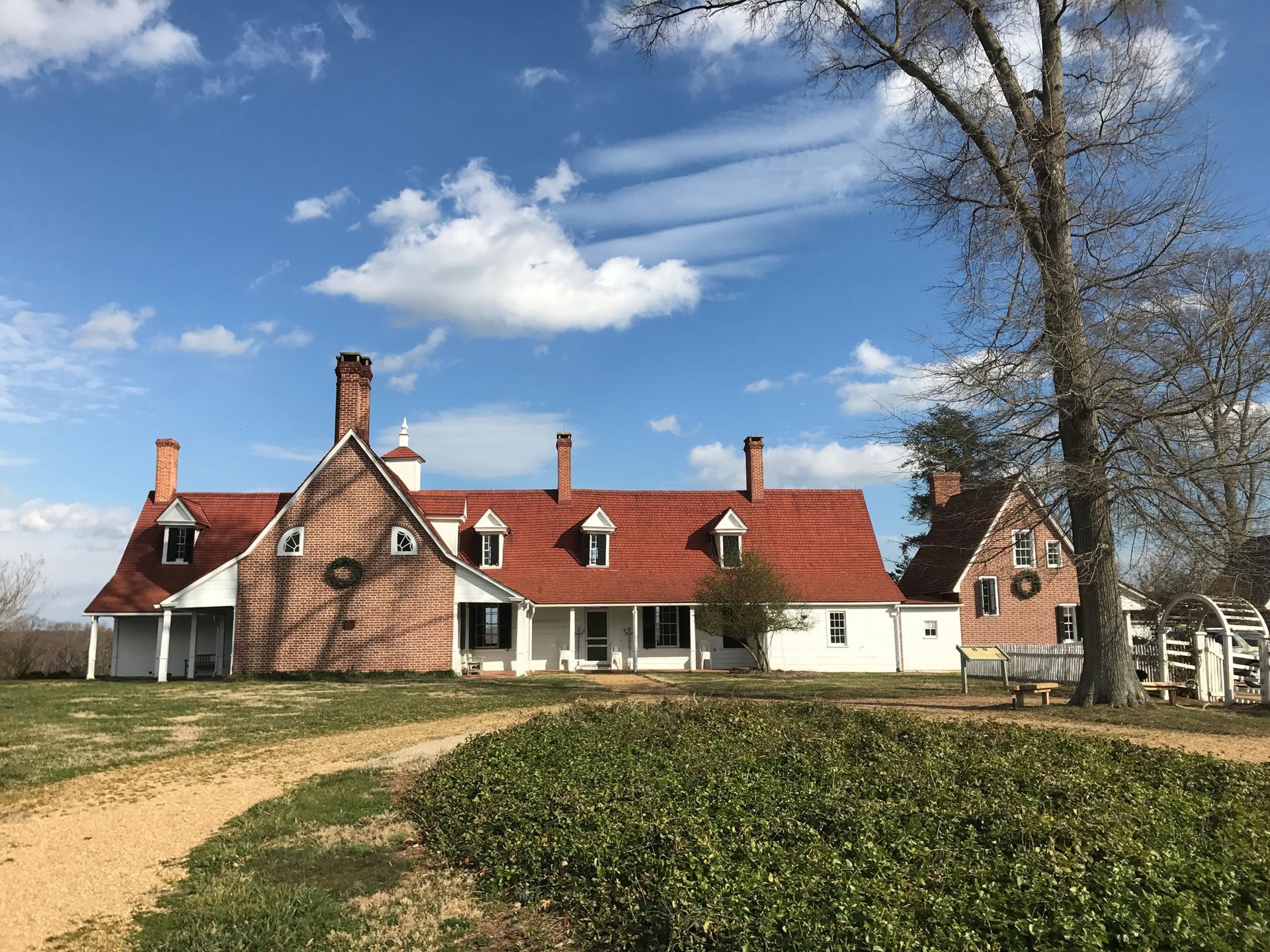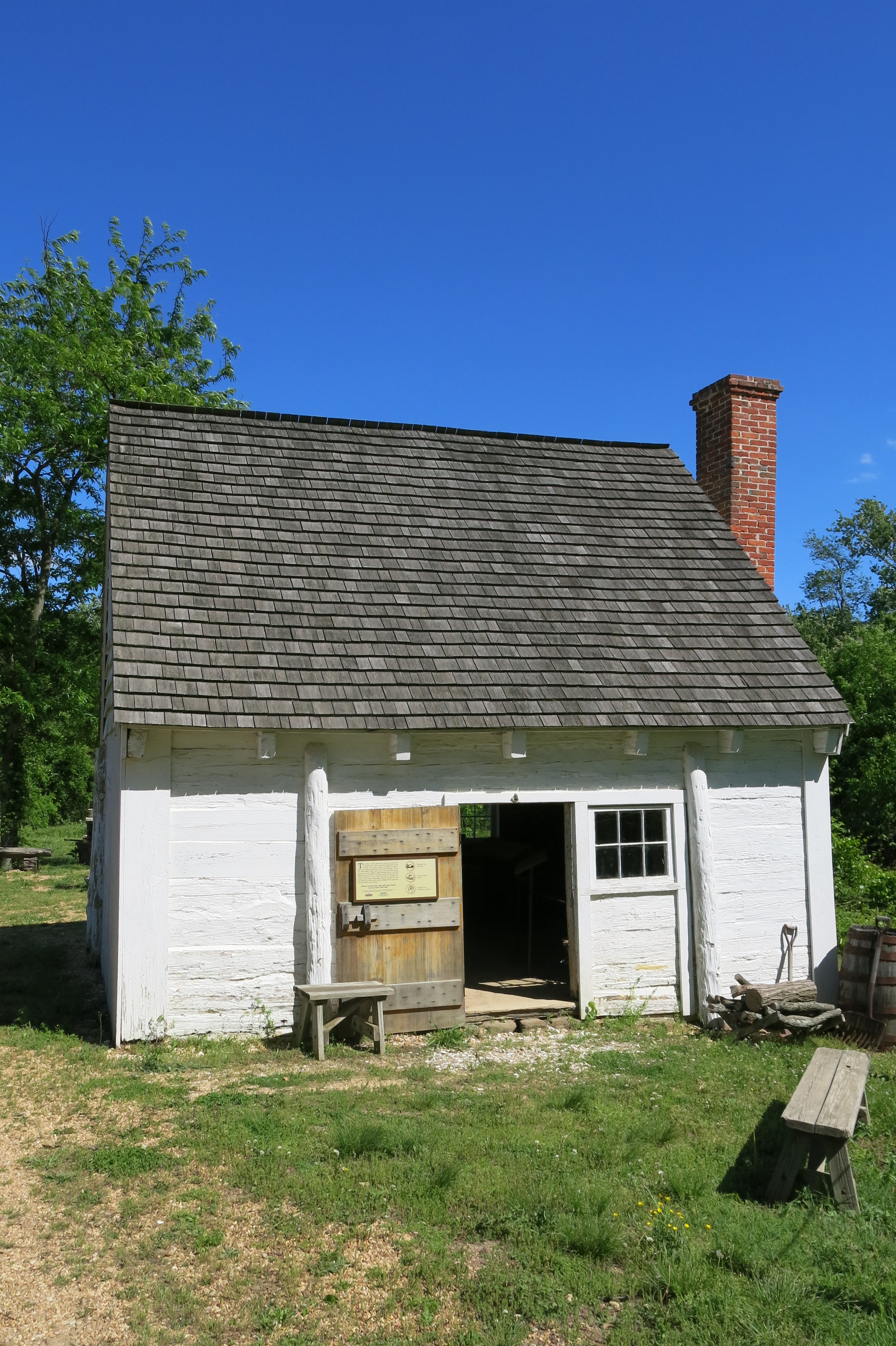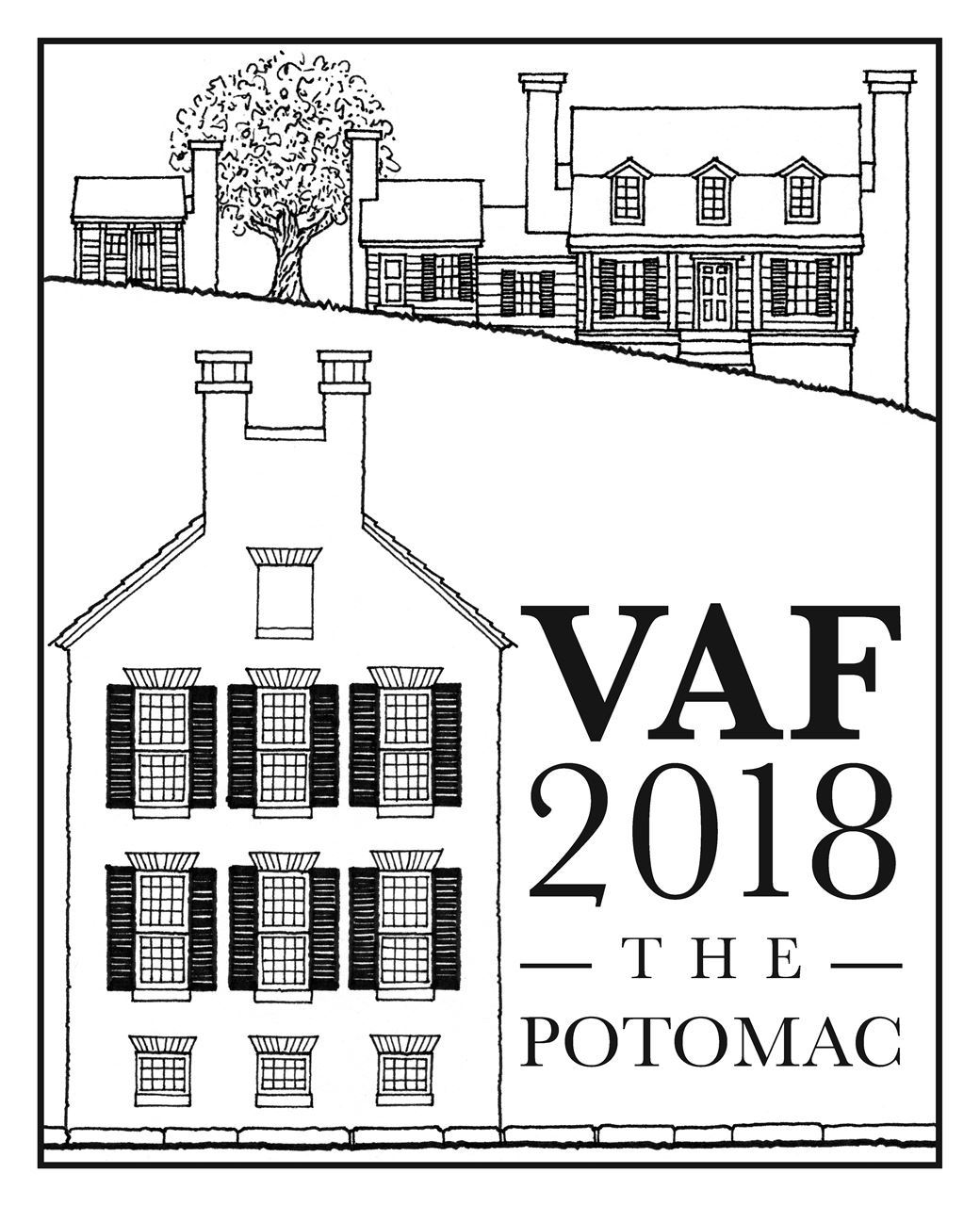
A Shared Heritage:
Urban and Rural Experience on the Banks of the Potomac
May 2-5, 2018
Thursday Tours: Maryland
There are two concurrent bus tours of Maryland. Participants must choose one tour. Tours are limited to 100 people, so choose early. Tours include lunch and dinner featuring distinctive local fare.
Maryland Tour 1- Upper Western Shore - Southern Anne Arundel and Prince George’s Counties
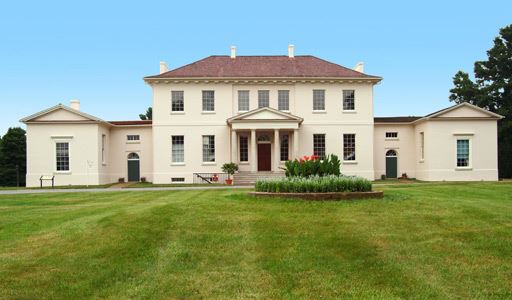 This day-long tour takes VAF members into Maryland, traversing the varied landscapes found within an hour’s drive of the Potomac River, between Washington, DC and the Chesapeake Bay. The tour will showcase Maryland’s early African-American, religious, and agricultural heritage, while focusing on early domestic landscapes and a variety of Chesapeake building forms. The day will begin at His Lordship’s Kindness (1784-1786), an 18th-century plantation featuring terracing, a family cemetery, and a row of early outbuildings, including a rare surviving 18th-century brick privy. The impressive five-part brick house originally held a private chapel in its wing. The next stop will be Wyoming (circa 1760, 1800 and 1850), a well-preserved, gambrel-roofed, frame house, displaying a plan and form highly reflective of the Chesapeake with a pent chimney and telescoping additions. Heading east, we will stop in the West Benning Road neighborhood of the waterfront town of Galesville–the heart of a free-black community established in the late 19th century. Lunch will be served at the Rosenwald School (1929) with some of the school’s alumni and members of the
This day-long tour takes VAF members into Maryland, traversing the varied landscapes found within an hour’s drive of the Potomac River, between Washington, DC and the Chesapeake Bay. The tour will showcase Maryland’s early African-American, religious, and agricultural heritage, while focusing on early domestic landscapes and a variety of Chesapeake building forms. The day will begin at His Lordship’s Kindness (1784-1786), an 18th-century plantation featuring terracing, a family cemetery, and a row of early outbuildings, including a rare surviving 18th-century brick privy. The impressive five-part brick house originally held a private chapel in its wing. The next stop will be Wyoming (circa 1760, 1800 and 1850), a well-preserved, gambrel-roofed, frame house, displaying a plan and form highly reflective of the Chesapeake with a pent chimney and telescoping additions. Heading east, we will stop in the West Benning Road neighborhood of the waterfront town of Galesville–the heart of a free-black community established in the late 19th century. Lunch will be served at the Rosenwald School (1929) with some of the school’s alumni and members of the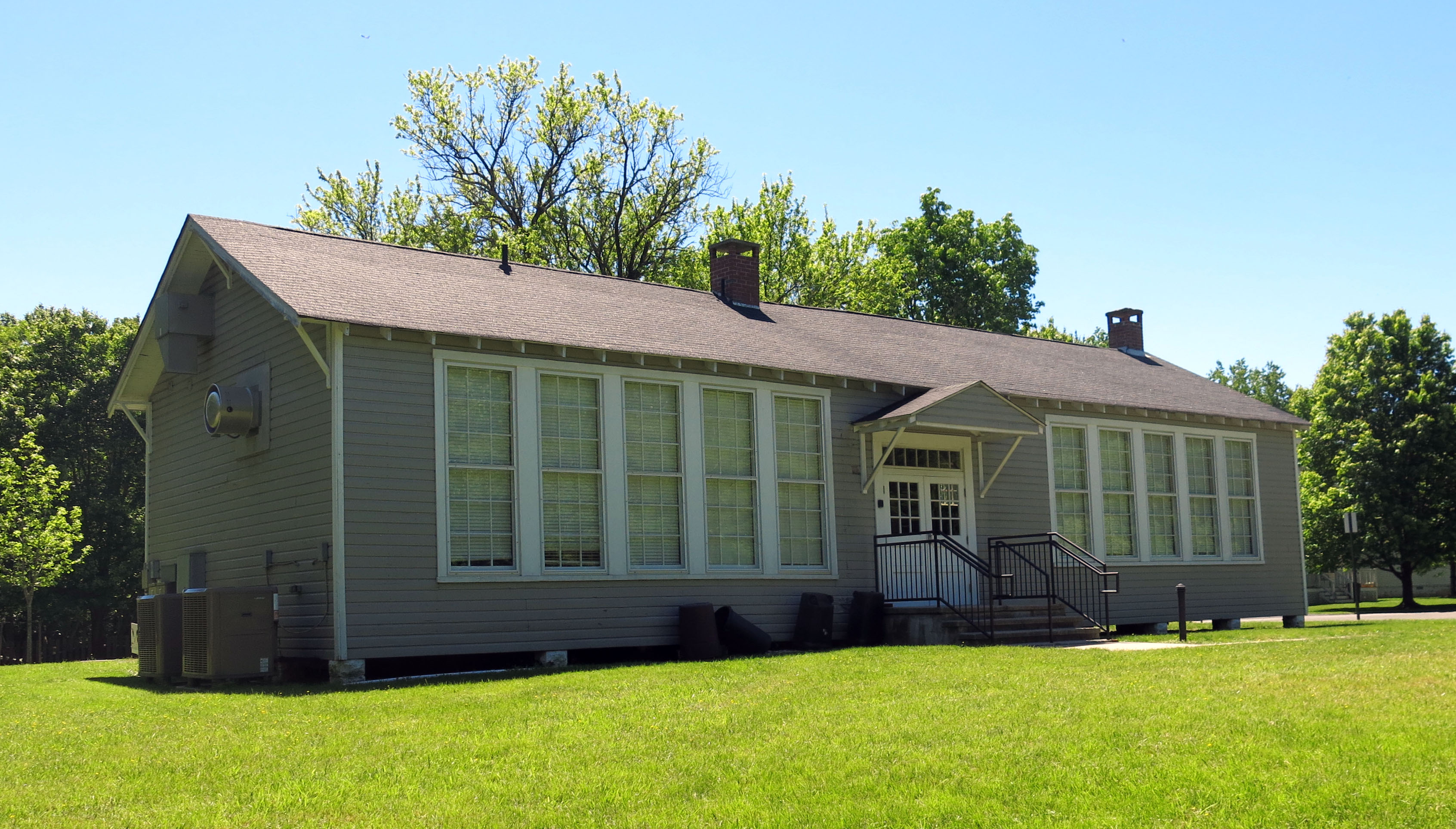 Galesville Hot Sox, a
Galesville Hot Sox, a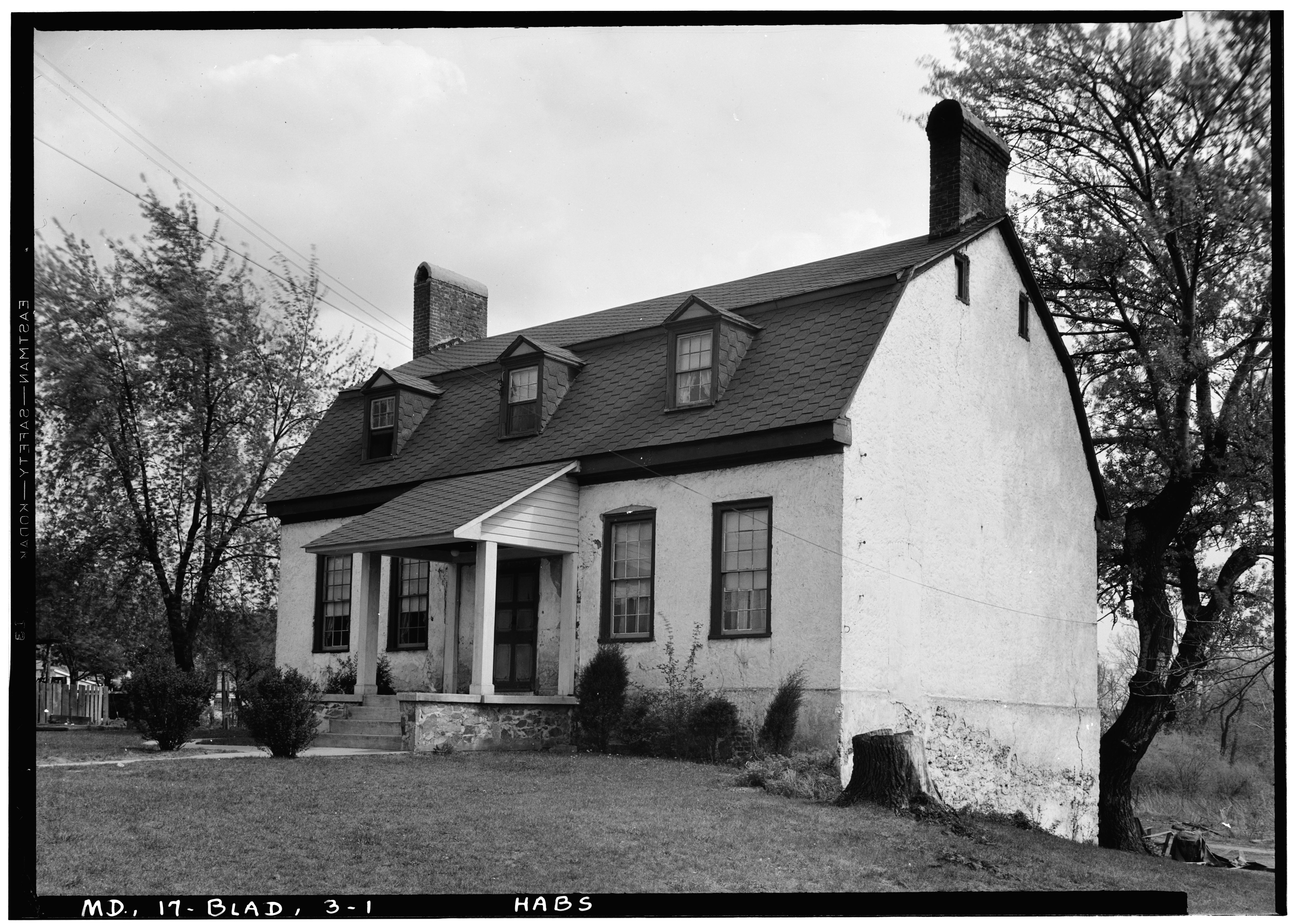 Negro League Baseball team that played at the nearby ball field. After lunch, we will have time to visit the houses along West Benning Road, which were built by the Woodfield Fish & Oyster Company for their predominately African-American workers. Next, we will head to Tulip Hill, (1756, 1790), an imposing five-part Georgian House overlooking the West River built by members of the prominent West River Quaker Meeting. Emancipated slaves from surrounding plantations, including Tulip Hill, formed the nucleus of Galesville’s African American community. After a visit to Riversdale, an early 19th-century gentry house now standing amidst urbanizing suburbs, we end the day in Bladensburg, Maryland, a now-urbanized town that preserves resources dating to the town’s 18th-century origin as a tobacco port on the Anacostia River and the Hilleary-Magruder House (c. 1742). We will dine on the terraced front lawn of Bostwick, a 1746 house with a Colonial Revival remake, now used as a teaching laboratory for University of Maryland’s historic preservation program.
Negro League Baseball team that played at the nearby ball field. After lunch, we will have time to visit the houses along West Benning Road, which were built by the Woodfield Fish & Oyster Company for their predominately African-American workers. Next, we will head to Tulip Hill, (1756, 1790), an imposing five-part Georgian House overlooking the West River built by members of the prominent West River Quaker Meeting. Emancipated slaves from surrounding plantations, including Tulip Hill, formed the nucleus of Galesville’s African American community. After a visit to Riversdale, an early 19th-century gentry house now standing amidst urbanizing suburbs, we end the day in Bladensburg, Maryland, a now-urbanized town that preserves resources dating to the town’s 18th-century origin as a tobacco port on the Anacostia River and the Hilleary-Magruder House (c. 1742). We will dine on the terraced front lawn of Bostwick, a 1746 house with a Colonial Revival remake, now used as a teaching laboratory for University of Maryland’s historic preservation program.
Maryland Tour 2 – Lower Western Shore – Prince George’s, Charles, and St. Mary’s Counties
Set in the rural landscapes of southern Maryland, this tour promises a rich immersion into four-centuries of Maryland’s agricultural landscape.
Our first stop is Wyoming (circa 1760, 1800 and 1850), a well-preserved, gambrel-roofed frame house displaying a plan and form highly reflective of the Chesapeake with a pent chimney and telescoping additions. Next, we will visit a trio of mid-20th-century resources that were part of a community known as the Moyaone Reserve that focused on environmental conservation. The Kenah and Wagner houses are
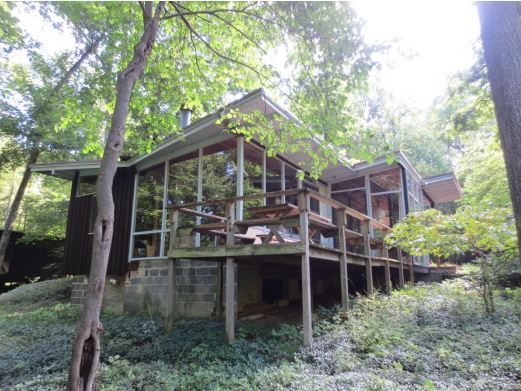
two vernacular mid-century-Modern, owner-built dwellings, designed in sympathy with their natural landscapes. Nearby Hard Bargain Farm, the inspiration for the Moyaone Reserve, features a 1924 house and landscaped gardens along with a 20th-century farm yard. Originally intended as an agricultural getaway created by a Washington, DC artist and her husband, the house and farm currently serve as the headquarters for a non-profit foundation focusing on environmental education and a partner with Mount Vernon to preserve the Potomac River viewshed. We will lunch in the foundation’s Living Building, one of 13 projects worldwide to achieve full Living Building Challenge certification. The afternoon will showcase early Chesapeake building forms, materials and methods. La Grange (circa 1760; 1830s) was home to Dr.James Craik, who later moved to Alexandria and treated George Washington. One of the most significant mid-18th-century houses in the region, La Grange represents the emergence on Maryland’s Western Shore of the Georgian plan and design aesthetic. Sarum, built in 1717, but with a carefully-executed 20th-century restoration, offers the chance to see early construction methods such as its timber-framing with tilted-false plate and subtle evidence of an early stair tower. We will make a quick stop at Port Tobacco, an early-18th-century port town that became one of the largest settlements on Maryland’s Western Shore before its decline in the mid-19th century due to the silting up of the Port Tobacco River. We will visit St. Francis Church, the oldest continually-used Catholic church in English America, and Newtown Manor, a 1789 Jesuit province house. On our way to dinner, we will explore the multi-phased Bond-Simms tobacco barn featuring early log construction, tilted false plates and a rare example of a tobacco prize. We will end the day at Sotterley, one of the most intact 18th- century plantations in Maryland. The property features a 1702 earthfast house with several later 18th-century expansions and a robust Colonial Revival rehabilitation, an intact circa 1830s slave quarter, and a beautiful vista of the Patuxent River.
